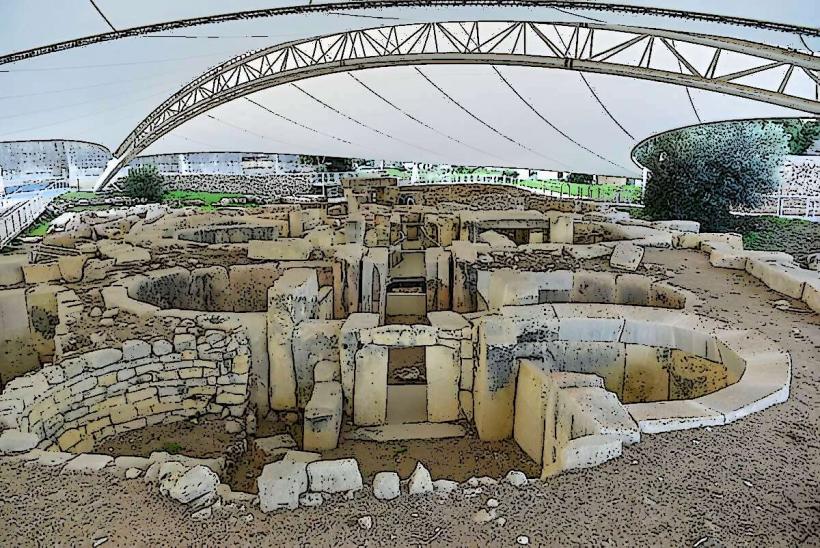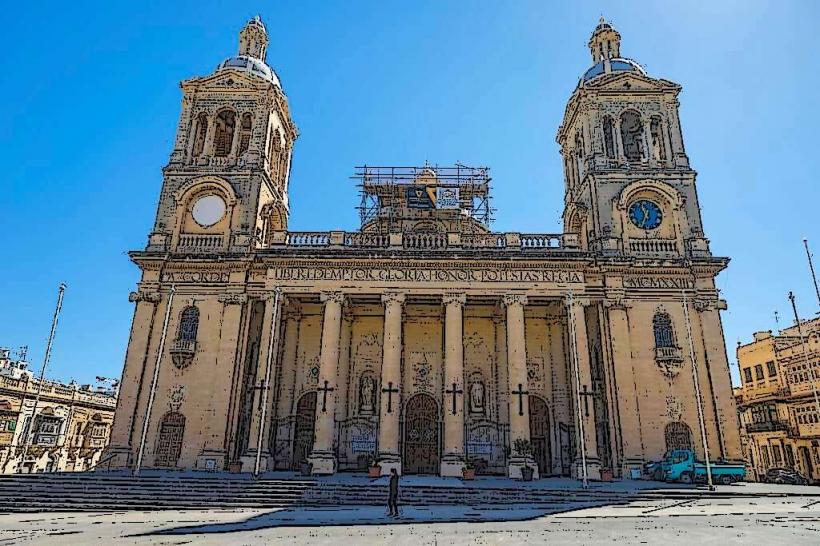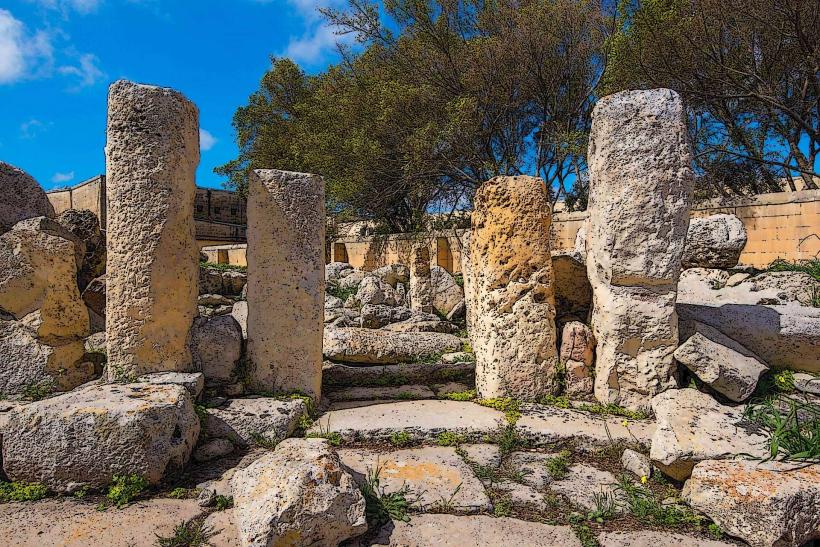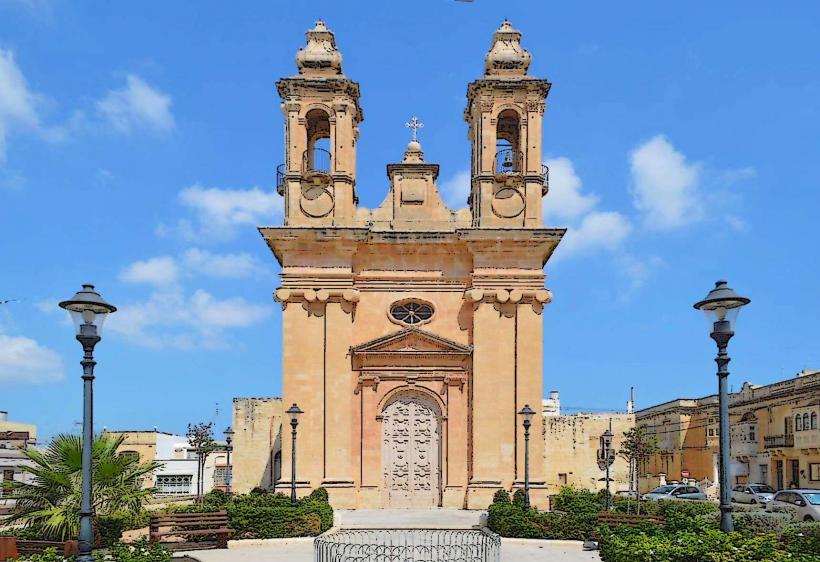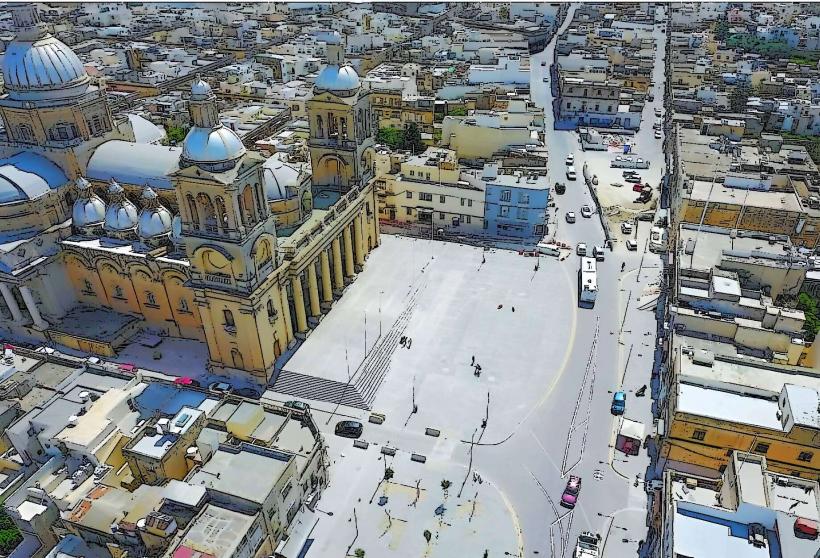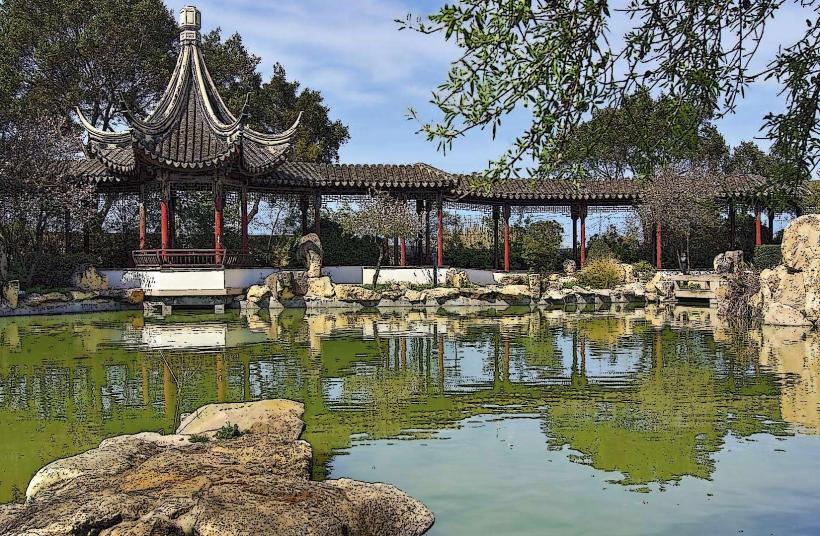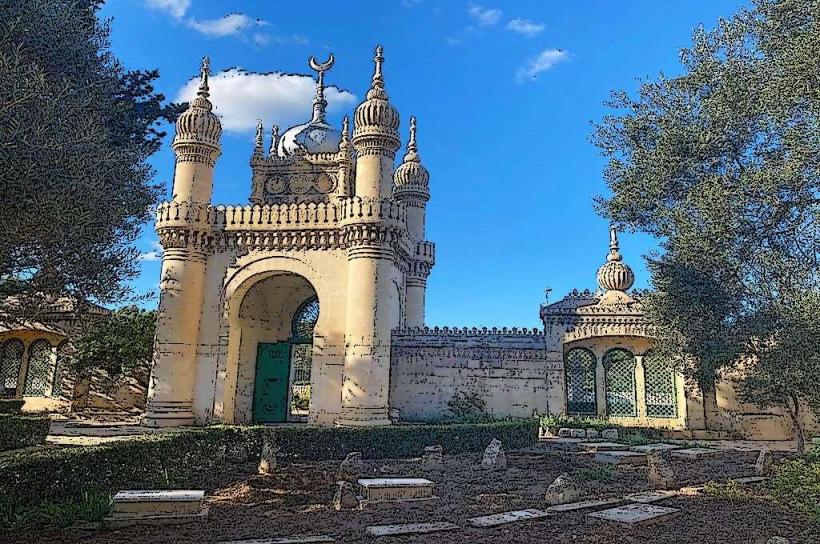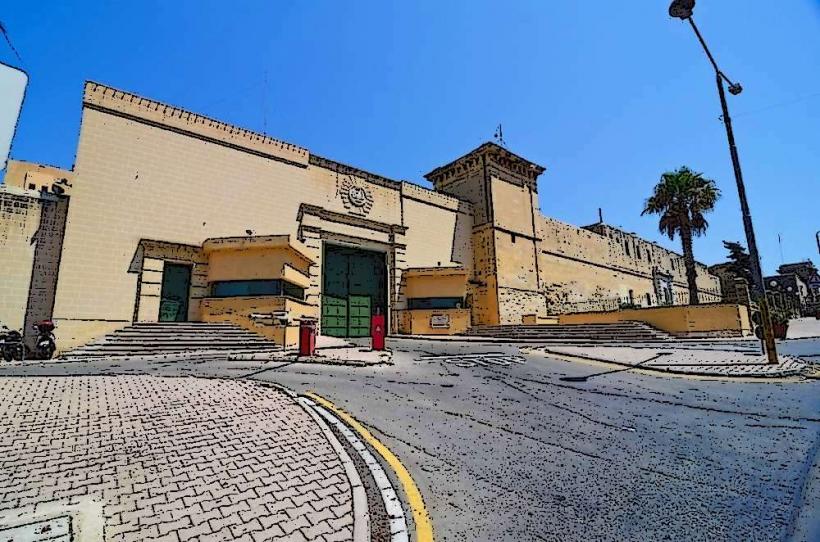Information
Landmark: Hal Saflieni HypogeumCity: Paola
Country: Malta
Continent: Europe
Ħal Saflieni Hypogeum
The Ħal Saflieni Hypogeum, located in Paola, Malta, is an underground prehistoric burial site and temple complex that stands as one of the most remarkable archaeological discoveries in the world. Dating back to around 4000 BCE, it is considered a masterpiece of ancient engineering and is a UNESCO World Heritage Site.
Historical Background
- Age: The Hypogeum was constructed during the Neolithic period, approximately between 4000 BCE and 2500 BCE, making it over 5,000 years old.
- Function: Initially used as a sanctuary, it later became a burial site. It is believed to have held the remains of around 7,000 individuals.
- Discovery: It was accidentally uncovered in 1902 during construction work. Excavations soon revealed the extent of its historical and architectural significance.
Architecture and Layout
The Hypogeum is a complex of interconnected underground chambers spanning three levels, carved entirely by hand into soft limestone.
1. Upper Level
- The oldest and simplest level, likely used for ritualistic purposes.
- Features carved pits, believed to be used for storing offerings.
2. Middle Level
- Contains the most elaborate chambers, including:
- The Main Hall: A central space featuring impressive corbelled ceilings.
- The Holy of Holies: A sacred space thought to have been used for rituals.
- The Oracle Room: Known for its remarkable acoustics, where low sounds resonate throughout the structure.
- Intricate carvings, red ochre decorations, and spiral patterns are prominent here.
3. Lower Level
- The deepest level, used primarily for burials.
- It is less decorated but equally fascinating, with a mysterious atmosphere.
Key Features
1. Advanced Engineering
- The Hypogeum showcases advanced architectural techniques, including corbelling, precise carving, and water management systems, all executed without metal tools.
2. Artistic Elements
- Intricate red ochre paintings and spiral motifs adorn the walls, believed to symbolize life, death, and rebirth.
3. Acoustic Phenomena
- The Oracle Room's acoustic properties amplify sound, suggesting it may have been used for chants or ceremonies.
4. Artifacts
- Excavations unearthed numerous artifacts, including:
- The Sleeping Lady: A small, intricately carved figurine believed to represent a deity or symbol of fertility.
- Pottery, tools, and beads providing insight into the lives of Malta’s early inhabitants.
Cultural and Historical Significance
The Hypogeum is a testament to the ingenuity and spiritual depth of Malta’s prehistoric inhabitants. Its discovery reshaped our understanding of Neolithic cultures in the Mediterranean. The site's combination of funerary, ritualistic, and artistic elements suggests it was a center of profound spiritual and communal importance.
Visiting the Hypogeum
1. Restricted Access
- To preserve the site, daily visitor numbers are strictly limited to 10 individuals per hour. Tickets must be booked months in advance.
2. Visitor Experience
- Visitors are guided through the chambers with the aid of a narrated light and sound experience, highlighting the site's history and significance.
3. Nearby Attractions
- The Tarxien Temples, another UNESCO-listed site, are located nearby and provide additional context for the Neolithic culture of Malta.
UNESCO World Heritage Status
The Ħal Saflieni Hypogeum was inscribed on the UNESCO World Heritage list in 1980 for its extraordinary cultural value. It is recognized as a unique representation of prehistoric art, architecture, and spirituality.
The Ħal Saflieni Hypogeum is not only a marvel of ancient engineering but also a spiritual and cultural symbol, offering a profound connection to Malta's prehistoric past.

